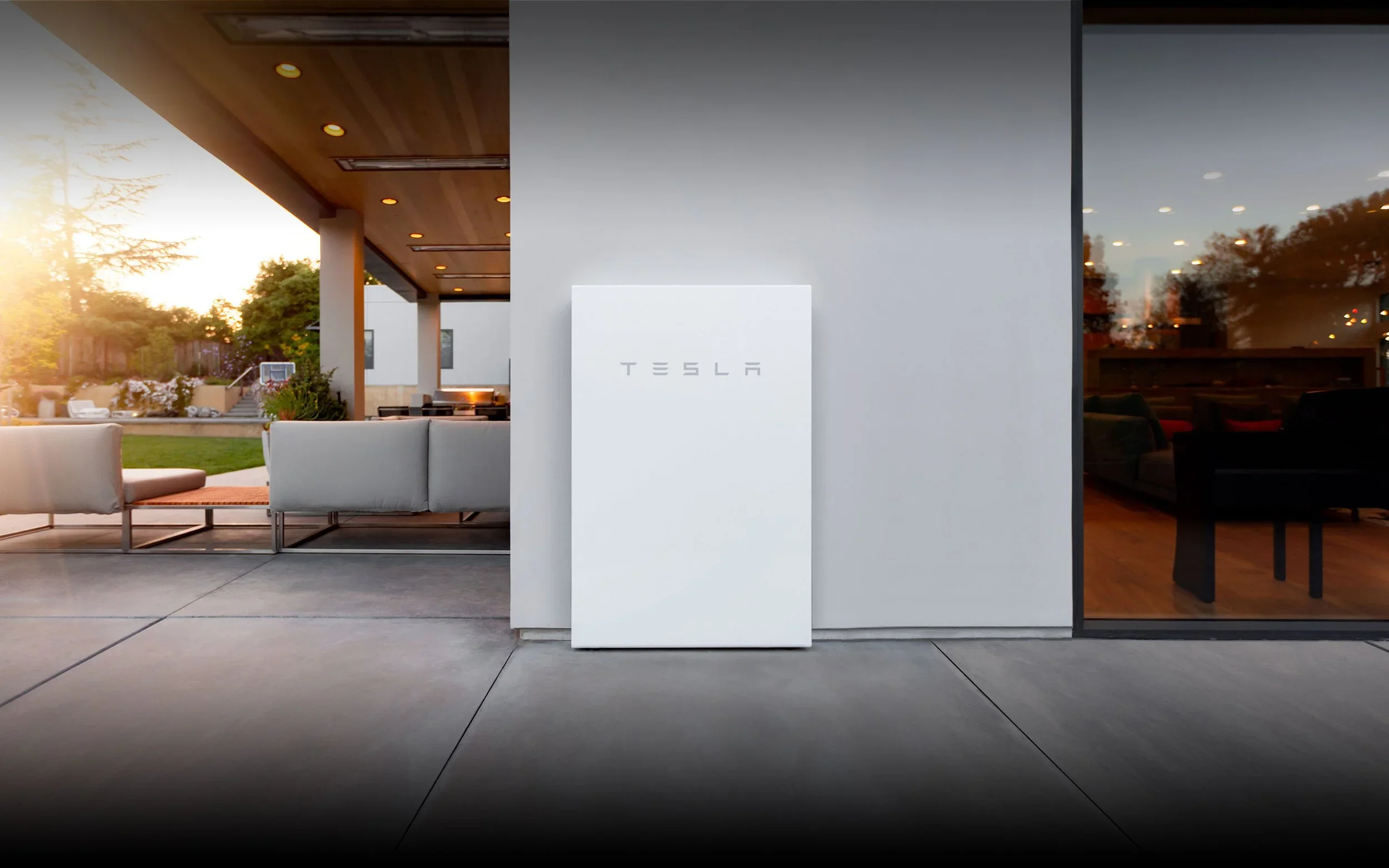Tesla Powerwall Vs. GivEnergy AiO
As renewable energy adoption continues to surge, homeowners are increasingly looking for ways to maximise the benefits of their solar PV systems. Battery storage solutions have emerged as a key technology to store excess solar energy and provide backup power during outages. Two popular options in the battery storage market are the Tesla Powerwall and the GivEnergy All-In-One. In this blog post, we'll compare these two options to help you make an informed decision for your home.
Tesla Powerwall Vs. GivEnergy: Power and Performance Comparison
When comparing home battery storage systems, performance and efficiency are key factors for homeowners investing in renewable energy. Both the Tesla Powerwall and the GivEnergy All-In-One are designed to store surplus solar energy, reduce reliance on the grid, and provide unique backup power during outages. While their specifications are similar in many areas, there are notable differences in capacity, output, and integration that can influence which option is the best fit for your household.
By looking closely at their usable storage capacity, continuous and peak power output, integration with solar PV systems, warranties, and overall cost, you can determine whether the Tesla Powerwall or GivEnergy system delivers better value for your energy needs.
Battery Capacity and Storage Potential
1. Capacity: Both the Tesla Powerwall and the GivEnergy All-In-One boast a usable capacity of 13.5 kWh, making them suitable for homes with higher energy demands. Additional batteries can be added to both systems, the Tesla can connect a maximum of 10 batteries in parallel, allowing for a whopping 130kWh of storage. The GivEnergy system falls behind a bit here, as it can only connect a maximum of 6 batteries, allowing for 78kWh of storage. However, the vast majority of houses would have their energy needs more than met by only a single battery, and bigger systems should only be considered if the energy usage at your property is exceptionally high.
Continuous and Peak Power Output
2. Power Output: The GivEnergy All-In-One edges in front in this regard. It is able to continually output a power of 6kW, as opposed to the Tesla Powerwall’s 5kW – though both will produce peak power outputs in excess of 7kW for short periods.
Integration with Solar PV, EV Chargers & Smart Tech
3. Integration: Both systems can be seamlessly integrated with any existing technology at your property, such as Solar PV or Wind Turbines and EV chargers. The Tesla Powerwall can be integrated with their proprietary EV charge point and the Tesla app for centralised control and monitoring.
The GivEnergy All-In-One solution can be added to an existing PV system which can then be monitored by the GivEnergy monitoring system. Both systems can be managed to work with any export tariff that you may have with your system, such as those offered by Octopus Energy.
Tesla Powerwall
Warranty and Long-Term Reliability
4. Warranty: Tesla offers a 10-year warranty for the Powerwall as standard, whilst GivEnergy now offer a robust 12-year warranty for their inverters and batteries. Both are very competitive ensuring long-term reliability and peace of mind for homeowners.
Cost Differences Between Tesla and GivEnergy
5. Cost: While both systems are almost identical performance wise, there is a significant difference in price between the two, this point goes in GivEnergy’ s favour. We currently offer the GivEnergy All-In-One system with the Gateway for £9,950.00 Inc. VAT.
While we don’t offer the Tesla Powerwall, an accredited installer is likely to offer a total cost in the region of £12,000-£13,000 Inc. VAT.
Emergency Power Supply and Backup Features
6. Emergency Power Supply: Both systems have Gateways that are able to integrate with the incoming electricity supply to your property, by doing this, they are able to detect any power cuts/outages and take over your electricity demand in the situations where your home has no power. This is done seamlessly, meaning you may have a power cut and never even realise! We include the Gateway as standard with our installations.
VAT on Battery Storage Systems
7. VAT on Battery Storage Systems. Unfortunately, at the time of writing, the VAT rate that applies to stand-alone Battery Storage Systems is 20%, but if they’re purchased as part of a PV system this will reduce to 0%. So if you feel that you would like to add panels to an existing system, you would then benefit from this reduced VAT rate.
GivEnergy AiO
Which Home Battery Storage System Should You Choose?
Both the Tesla Powerwall and the GivEnergy All-In-One offer very reliable battery storage solutions for domestic homes. Performance-wise, the GivEnergy has a slight advantage over the Powerwall, with its slightly higher power output. With its industry-leading 12-year warranty and cheaper price, the GivEnergy system is a clear winner in our opinion.
Be sure to consult with a reputable solar installer or energy professional to assess your needs and make an informed decision that aligns with your clean energy goals.
Remember that the renewable energy landscape is dynamic, and new advancements are continually emerging. Stay informed about the latest developments in battery storage technology to make the most of your solar investment. Please note that the specifications and availability of these products may change over time, so it's essential to check the latest information from the manufacturers before making a decision.


